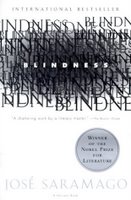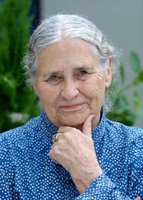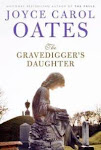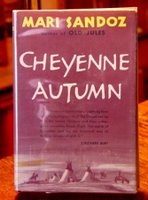
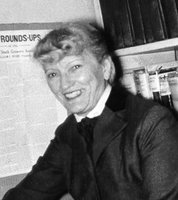 Mari Sandoz
Mari SandozCheyenne Autumn
After reading Mari Sandoz’s book, Cheyenne Autumn, I was left with many thoughts and feelings for a long time afterwards. As I read each chapter, I felt as though I was with the Cheyenne people in their incredible quest to return to their homelands. Sandoz expresses the anger and the anquish of these brave people that is not patronizing, but in an honest and believable way.
The characters in the story are also believable and very human–not at all “savage” as the white people of those days considered them to be. Sandoz shows that the Cheyenne people were loving and loyal to their families and to their community as well as very spiritual in their beliefs. Sadly, yet understandably, many of the Cheyenne were made bitter by the horrific treatment that they received from the white soldiers and the U.S. government. The emotional and psychological changes that occurred in these people are not surprising considering all that they were forced to endure.
The Cheyenne were finally provided with land for a reservation, but this does not make for a happy ending. I have been on a few Indian reservations (Navajo in New Mexico, Blackfoot in Montana, Apache in Arizona and “Cherokee” in Oklahoma) and the lands they were given seem to be no prize (except for the ones who struck oil in Oklahoma...the U.S. tried to reclaim the land when that was found!) Cheyenne Autumn is a sad story–sad in the fact that supposedly “civilized” human beings could treat other people in such an inhumane manner. Since reading this novel, I am looking forward to reading more of Mari Sandoz’s works.

